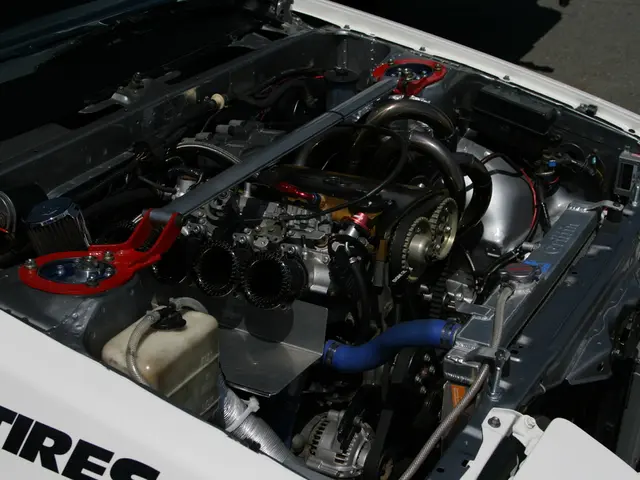Erasing Complete Blockchain Records for Data Privacy Considers EU Regulators
Regulators in the EU have unveiled new guidelines for the processing of personal data on blockchain technology, as outlined by the European Data Protection Board (EDPB). This new guidance has significant ramifications for the world of decentralized technology, especially Ethereum, and here's a breakdown of the most pertinent points.
Data Protection Implications
Data Protection by Design and Default
The guidelines stress the need for incorporating data protection principles into blockchain system design from the outset, aligning with GDPR Article 25.
Data Minimization and Storage Limitation
The emphasis is on limiting the amount of personal data processed through blockchain, and ensuring that it is not stored indefinitely without legitimate reason.
Right to Erasure and Rectification
Given the permanent nature of blockchain data, solutions such as off-chain storage or the use of Privacy-Enhancing Technologies (PETs) may be required to effectively exercise these rights.
Data Protection Impact Assessments (DPIAs)
Organizations are advised to conduct DPIAs prior to processing personal data through blockchain, particularly when there is a high risk to individuals' rights and freedoms.
Implications for Decentralized Technologies
Decentralized Nature vs. GDPR Compliance
The decentralized character of blockchain technologies like Ethereum poses challenges when it comes to GDPR compliance, specifically in regards to data ownership and control. The guidelines aim to clarify roles and responsibilities within such systems.
International Data Transfers
Decentralized networks often involve international data transfers, which require careful handling under GDPR for compliance.
Privacy Concerns
While blockchains aim to provide transparency and security, they can potentially lead to permanent data exposure. Solutions such as PETs or off-chain transactions could help mitigate these concerns.
Future Developments
The new guidelines may influence the future development of decentralized technologies by encouraging the integration of privacy-enhancing features and more compliant data handling practices.
In conclusion, the EU's guidelines aim to balance the advantages of blockchain technology with the need to protect personal data under the GDPR. The recommendations encourage proactive measures to guarantee compliance and privacy within decentralized systems.
Sources:1. European Data Protection Board2. European Data Protection Board – Guidelines 05/2020 on the concepts of controller and processor, joint controllership and processing under the GDPR3. European Data Protection Board – Guidelines 04/2020 on the use of location data and Contact Tracing Tools in the context of the COVID-19 pandemic4. The European Union’s GDPR Data Protection Law Explained5. Blockchain and Data Protection
- Richardson may face headaches in incorporating data protection by design and default in his cryptocurrency system, as it needs to align with the GDPR Article 25.
- As an altcoin, Ethereum is relevant in addressing the challenge of data minimization and storage limitation, especially given the permanent nature of blockchain data.
- For effective exercise of the right to erasure and rectification in a blockchain like Ethereum, consider implementing off-chain storage or Privacy-Enhancing Technologies (PETs).
- In light of the new guidelines, finance and technology leaders like Richardson must conduct Data Protection Impact Assessments (DPIAs) prior to processing personal data through blockchain, especially when there's high risk to individuals' rights and freedoms.
- The future advancements in cryptocurrency and other decentralized technologies could be influenced by the EU's guidelines, encouraging more compliant data handling practices and integration of privacy-enhancing features.






